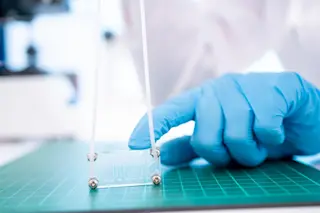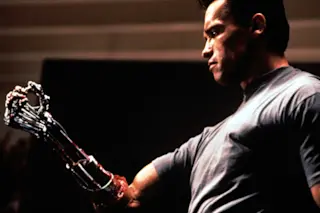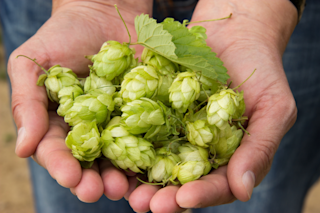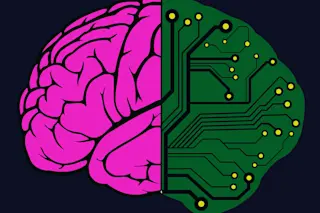Scientists' regrown rat limb. (Credit: Bernhard Jank, M.D., Ott Laboratory, Massachusetts General Hospital Center for Regenerative Medicine) Prosthetic limb technology has certainly advanced over the years, but replacing lost limbs with fleshy, biologically functional limbs remains the ultimate prize. And scientists just got a step closer to that goal. A team of regenerative scientists and surgeons at Massachusetts General Hospital successfully grew a semi-functional rat forelimb in the lab, employing a technique previously used to build bio-artificial organs. If someday perfected, the experimental approach could be used to create human limbs suitable for transplantation.
Scientists didn’t grow the limb from scratch, per se; rather, a donor rat forelimb provided the necessary scaffolding for new cells to take root and multiply. The same technique has been used to regenerate kidneys, livers, ears and lungs in the lab. However, a limb is a bit trickier since it requires a wider variety of ...














